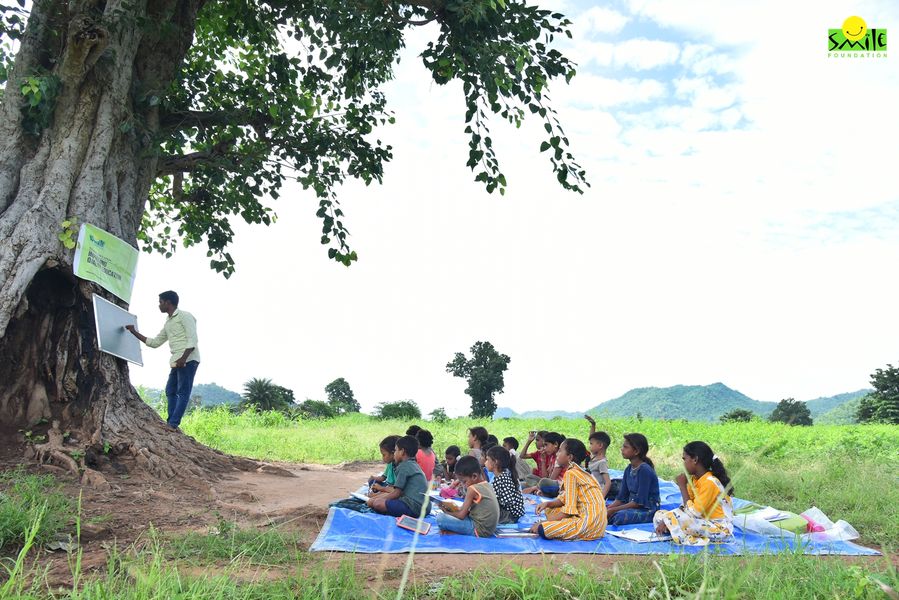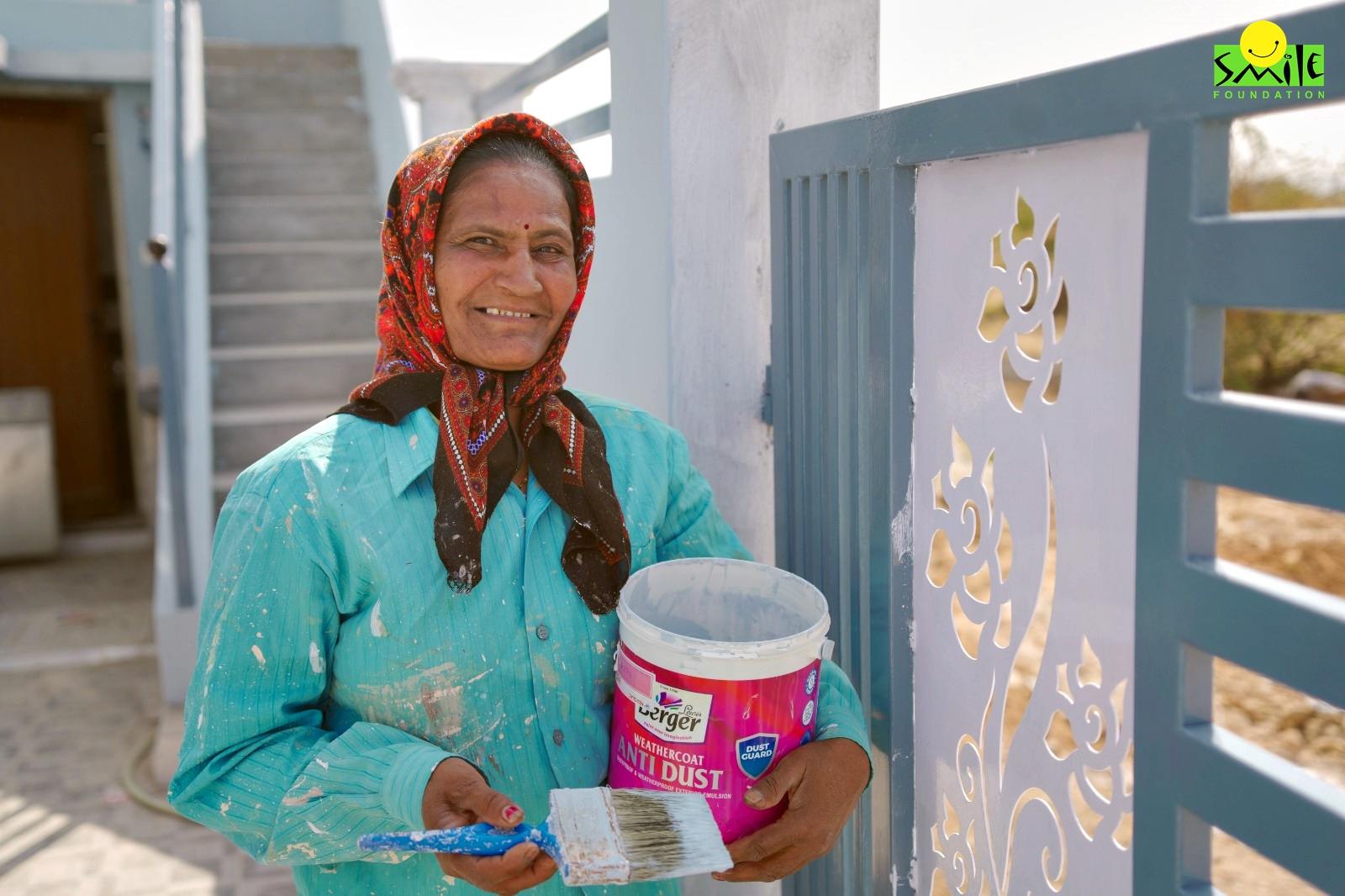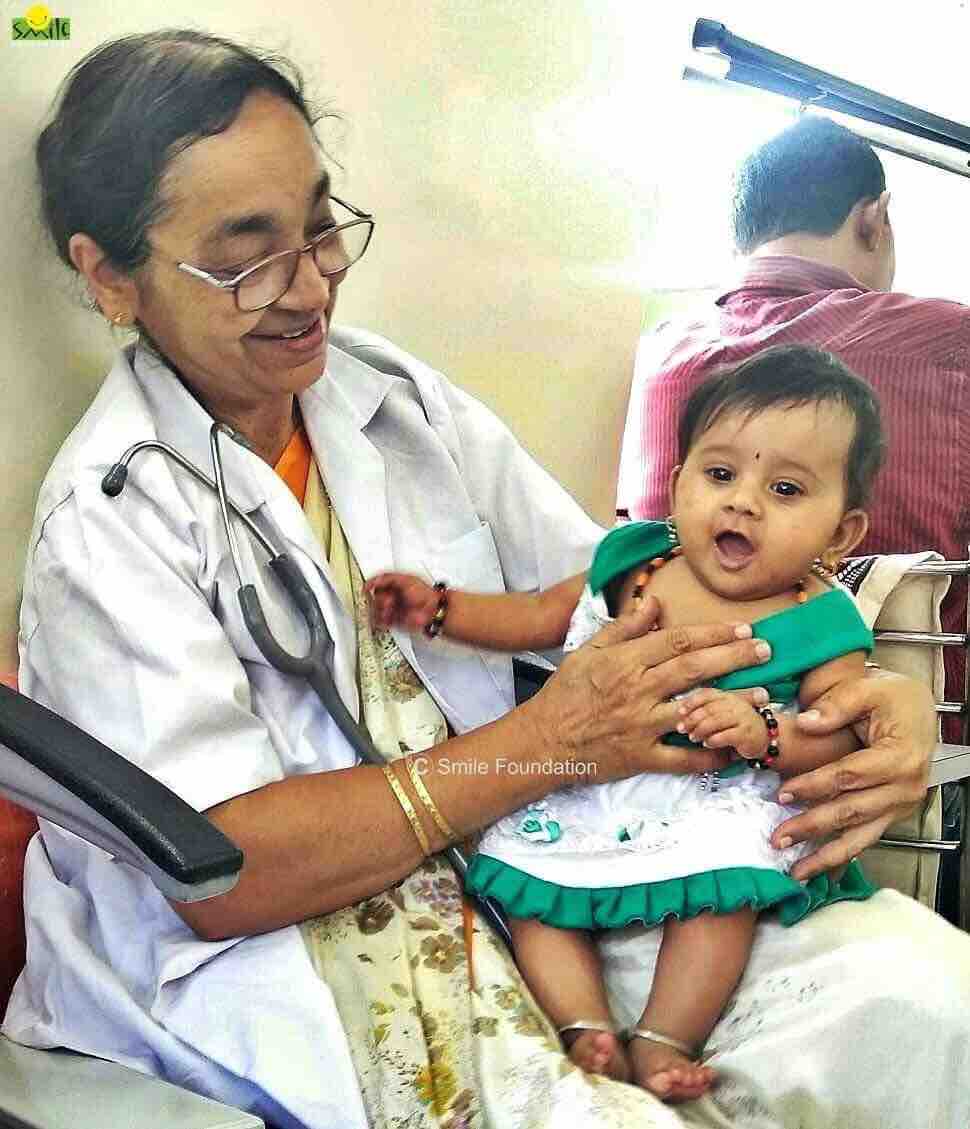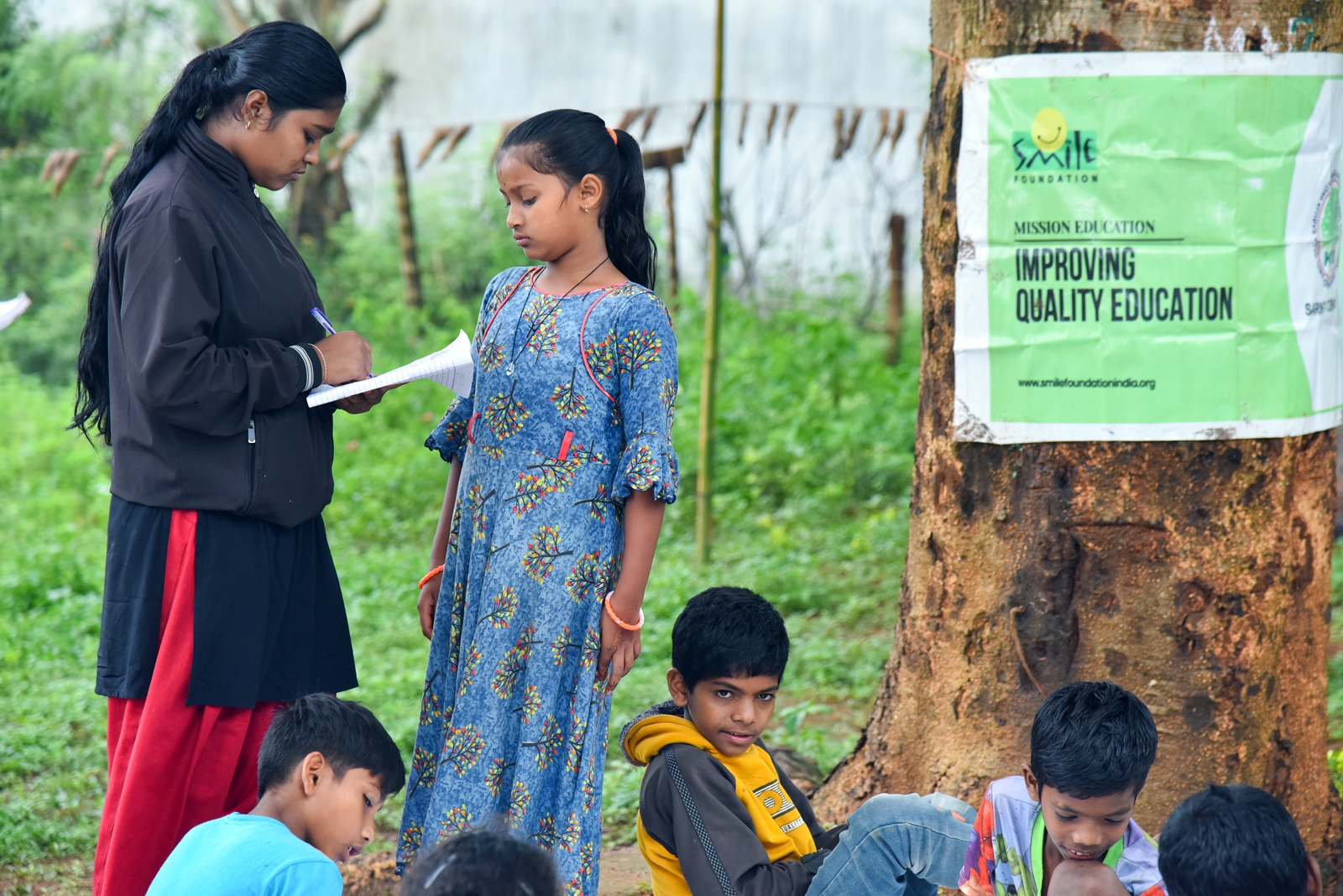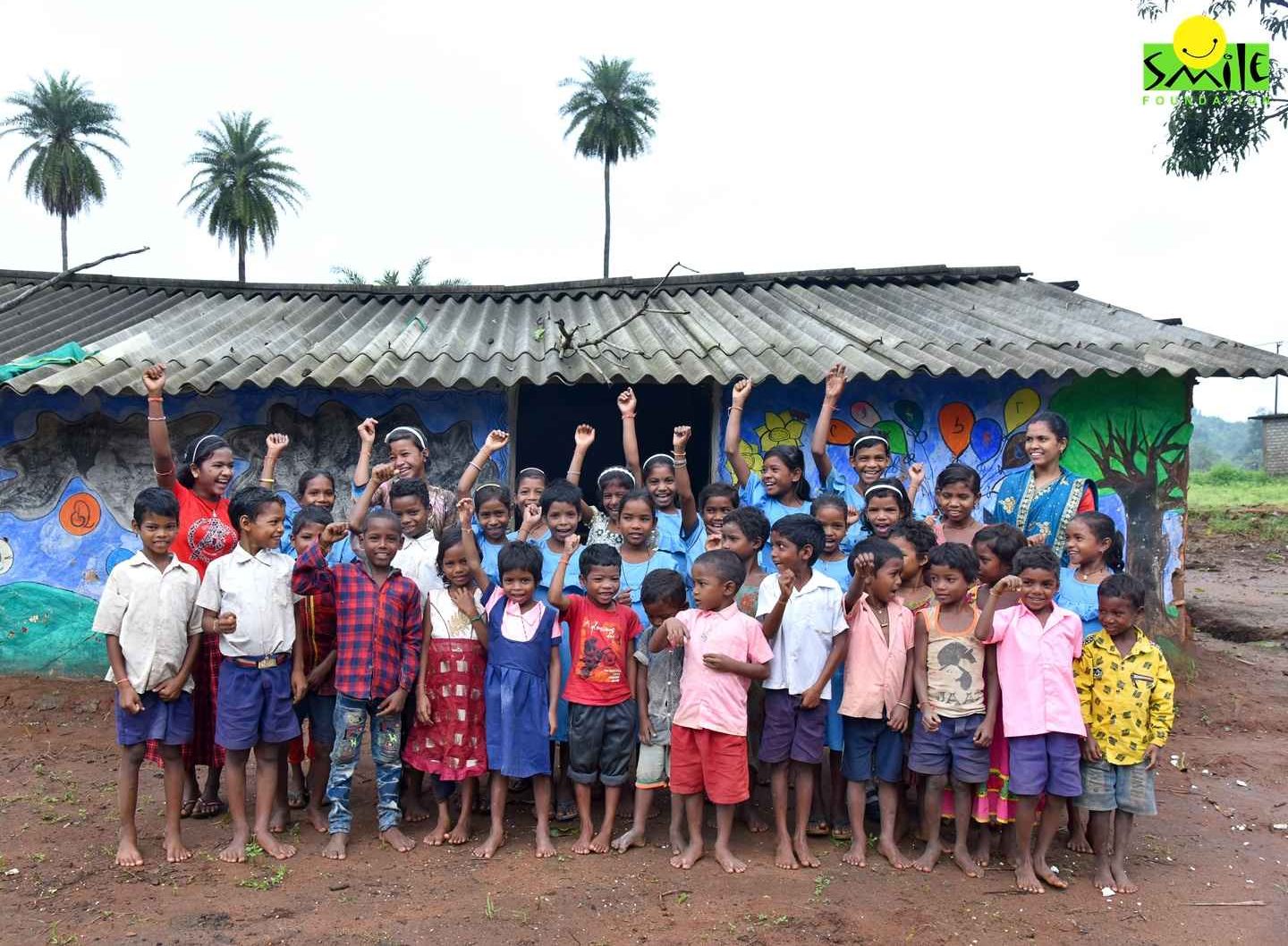In rural India, the academic landscape is witnessing a curious shift. More than half of the teens in these areas are now opting for humanities streams over STEM subjects at the secondary level. This preference seems to stem from various factors, including cultural perceptions, economic constraints, and gender biases.
Why is Rural India choosing Humanities?
According to the Annual Status of Education Report (ASER) survey 2023, which focuses on youth aged 14 to 18 in rural India, the humanities stream is the overwhelming choice among students in this age group. This preference is particularly pronounced among females, with only 28.1% opting for STEM subjects compared to 36.3% of males.
The ASER-2023 survey, conducted by the Pratham Foundation, sheds light on the educational landscape in rural India and underscores the dominance of humanities subjects among youth. The report reveals that more than half of the students in classes XI and XII are enrolled in arts and humanities courses, with only a fraction pursuing science or commerce streams.
What are the Reasons for Rural India choosing Humanities?
One of the reasons cited for this trend is the perceived stability and familiarity associated with humanities subjects. In many rural communities, there maybe a cultural emphasis on traditional fields like arts, literature, and social sciences, which are seen as offering clearer career paths and job opportunities.
Economic factors also play a significant role in shaping educational choices. Many rural families struggle with financial constraints, making it difficult for them to afford the costs associated with STEM education, such as tuition fees and study materials. Humanities subjects, on the other hand, are perceived as more affordable and accessible options.
Gender biases further compound the issue, with certain subjects being stereotypically associated with specific genders. STEM fields are often viewed as masculine domains, while humanities subjects are seen as more suitable for females. These gender stereotypes influence the choices of students and limit their exposure to diverse educational opportunities.
Despite these challenges, efforts are underway to address the gender gap and promote STEM education among rural youth. Organisations like Smile Foundation are implementing programmes to raise awareness about STEM careers and provide support to students interested in these fields. Through initiatives like the Swabhiman programme, Smile Foundation aims to empower girls and boys in rural areas to pursue their interests in STEM subjects and overcome barriers to education.
However, the ASER survey also highlights significant gaps in foundational literacy and numeracy skills among rural youth. Many students struggle with basic arithmetic and reading comprehension, posing a challenge to their academic advancement and future prospects. Efforts to improve foundational skills and bridge learning gaps are crucial for ensuring that all students have equal opportunities to succeed.
Decoding the complexity
The preference for humanities over STEM subjects among rural youth in India reflects a complex interplay of cultural, economic, and social factors. Addressing this trend requires concerted efforts to promote STEM education, challenge gender stereotypes, and improve foundational skills. By empowering rural youth with quality education and diverse opportunities, we can unlock their full potential and pave the way for a brighter future.



